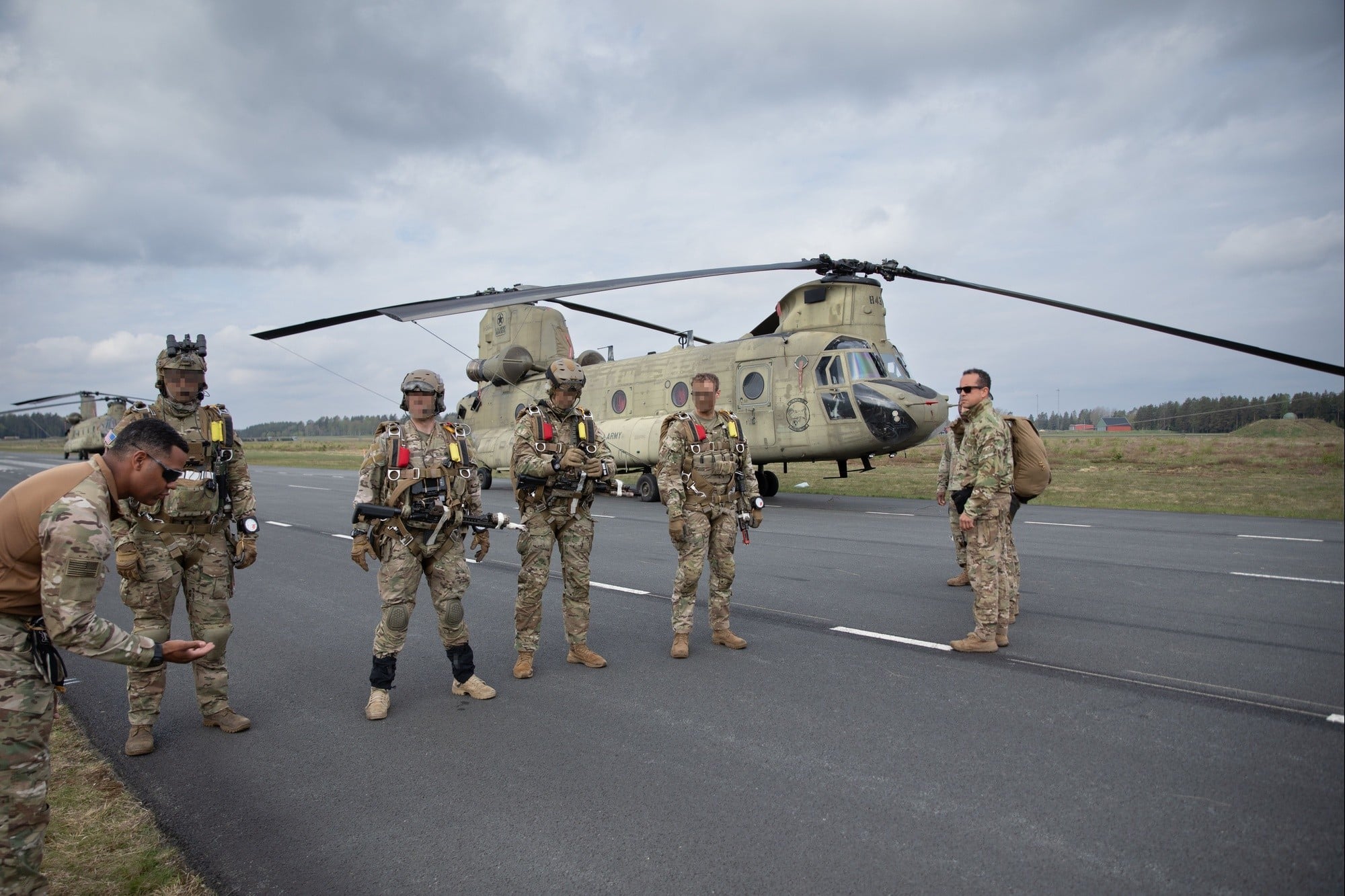In a demonstration of advanced tactical capabilities, U.S. Army Green Berets successfully executed a sophisticated cyber infiltration operation during Exercise Swift Response 2024 in Sweden this past May. The operation involved remotely hijacking a facility’s WiFi network to disable security systems, allowing a second team to infiltrate the building undetected. This exercise highlights the evolving role of cyber warfare in military operations as U.S. special operations forces adapt to emerging threats beyond the traditional counterterrorism missions of the past two decades.
The operation was carried out by two Operational Detachment Alpha (ODA) teams from the 10th Special Forces Group (Airborne). The first team initiated the cyber attack using a remote access device (RAD) to breach the facility’s WiFi network. Once inside the network, the Green Berets were able to manipulate critical security systems, including cameras, door locks, and alarms, effectively rendering the building defenseless. This cyber breach provided a clear pathway for the second ODA team to proceed with their physical infiltration.
Following the cyber intrusion, the second ODA team conducted a military free-fall (MFF) jump and trekked seven miles to the target location. With the security systems compromised, the team easily gained entry into the building. Inside, they deployed signal jamming equipment designed to erase any digital evidence of the operation, ensuring the attack remained undetected. The team then exfiltrated the premises without incident, leaving no trace of their presence.
This operation serves as a testament to the growing importance of cyber warfare within special operations. Traditionally focused on direct action and intelligence-gathering missions, U.S. Army Green Berets are now integrating cyber capabilities to disrupt enemy networks and enhance situational awareness during missions. The ability to remotely neutralize enemy defenses and monitor ongoing operations in real-time provides a significant tactical advantage, especially in scenarios involving high-value targets, intelligence recovery, or hostage rescue operations.
The cyber infiltration carried out during Exercise Swift Response 24 is a reflection of the U.S. military’s broader shift in focus towards preparing for high-end conflicts against near-peer adversaries. As warfare becomes increasingly networked and reliant on digital infrastructure, the ability to conduct cyber attacks will likely play a central role in future military operations. This shift is particularly relevant in the context of near-peer conflicts, where cyber vectors can be used to disrupt, deceive, and disable adversary systems in support of conventional and unconventional military objectives.
One interesting detail from the operation, as disclosed by the Army, was the presence of a “Rickrolling” prank during the cyber infiltration. A still image from the music video for Rick Astley’s 1987 hit “Never Gonna Give You Up” was displayed on a laptop inside the target building, a nod to the popular internet prank where users are tricked into viewing the video. It remains unclear whether this was an intentional part of the operation or a humorous addition by the soldiers involved.
The commander of the ODA team responsible for the cyber attack emphasized the significance of these new capabilities, stating that they provide a means to gather critical information undetected. This capability enhances the team’s ability to “see what’s happening” and maintain comprehensive situational awareness during complex operations..
Expanded Coverage:






